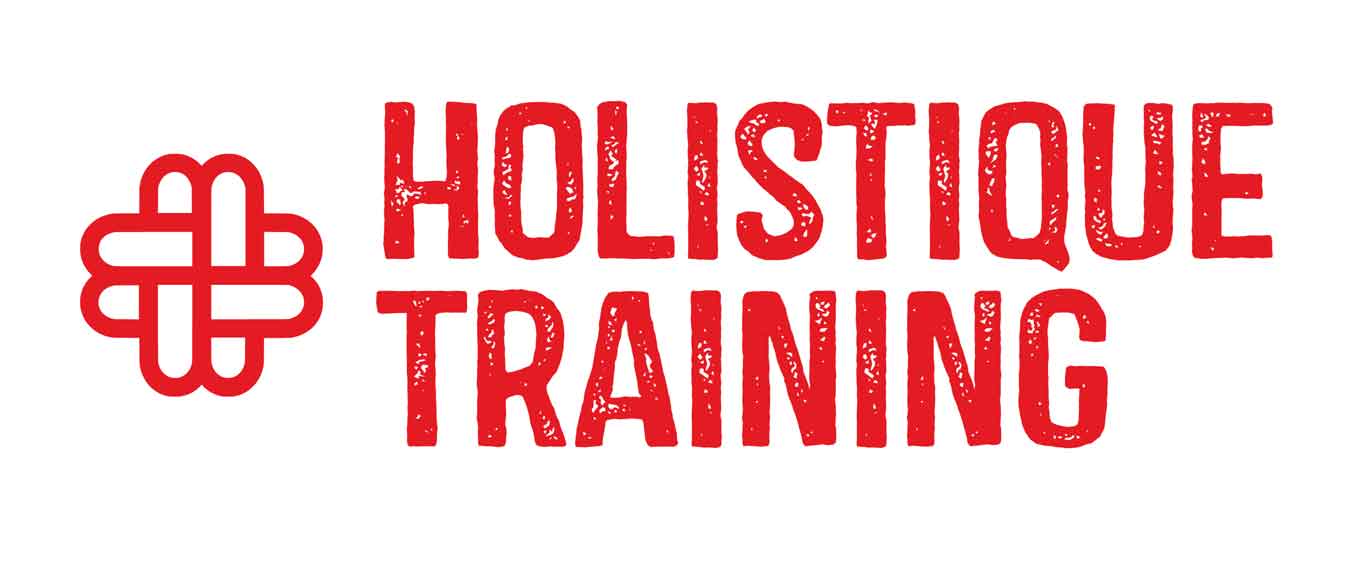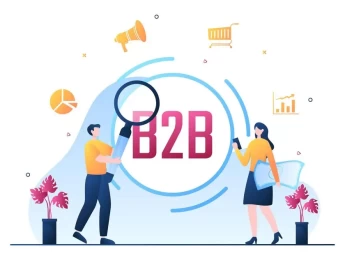Customer churn is one of the biggest challenges in the insurance industry, directly impacting profitability, customer lifetime value, and brand loyalty. With the rise of artificial intelligence, insurance providers can now use predictive analytics and machine learning to anticipate when and why customers might leave—and take action before it happens.
This course explores how AI tools and techniques can be used to detect early signs of churn, analyze behavioral and transactional data, and recommend proactive interventions. Participants will gain hands-on experience in using Python to build churn prediction models and will also explore best practices for applying these models ethically and effectively within insurance workflows.
By the end of this course, participants will be able to:
- Understand the causes and consequences of customer churn in the insurance sector.
- Analyze customer behavior data using AI-driven methods.
- Build predictive churn models using machine learning algorithms.
- Identify key churn indicators and customer segments at risk.
- Develop retention strategies based on AI-generated insights.
- Ensure ethical use of AI in handling personal and behavioral data.
- Integrate churn prediction models into CRM and policy management systems.
This course is ideal for:
- Insurance professionals and customer relationship managers.
- Data analysts and AI specialists working in the insurance sector.
- Risk managers and actuarial teams.
- Business intelligence and marketing professionals.
- IT and product development teams integrating AI into insurance solutions.
- Innovation and transformation officers in financial services.
The course includes expert-led lectures, hands-on coding labs, case study analysis, and group strategy exercises. Participants will work with sample insurance datasets, build churn models using Python, and present actionable insights for reducing customer attrition.
Day 5 of each course is reserved for a Q&A session, which may occur off-site. For 10-day courses, this also applies to day 10
Section 1: Understanding Customer Churn in Insurance
- Definition and types of churn: voluntary vs. involuntary.
- Why customers leave: pricing, service quality, competition, engagement.
- The business impact of churn on revenue and acquisition costs.
- Traditional vs. AI-enhanced churn prediction approaches.
- Industry examples: churn trends in life, health, and auto insurance.
Section 2: Data Collection and Exploration
- Key data sources for churn analysis (transactional, behavioral, demographic).
- Data preparation and feature engineering for churn modeling.
- Exploratory data analysis (EDA) using Python: visualizing trends and anomalies.
- Privacy, data security, and compliance (GDPR, HIPAA).
- Lab: EDA on insurance customer data to identify churn patterns.
Section 3: Building and Evaluating Churn Prediction Models
- Introduction to classification algorithms: logistic regression, decision trees, random forests.
- Splitting data: training, testing, and cross-validation.
- Model accuracy, precision, recall, and AUC-ROC for churn prediction.
- Interpreting model outputs and identifying key churn drivers.
- Workshop: Build your own churn prediction model in Python.
Section 4: Strategies for Customer Retention
- Segmenting high-risk customers based on model predictions.
- Personalization: targeted campaigns, premium adjustments, loyalty programs.
- Automating retention workflows using CRM and AI.
- Integration with customer service and sales platforms.
- Case study: Reducing churn in a mid-sized insurance company using AI insights.
Section 5: Responsible AI and Future Applications
- Avoiding discrimination and bias in churn prediction.
- Ensuring fairness and transparency in automated decisions.
- Ethical communication of predictive results to business and customer teams.
- Future trends: real-time churn monitoring, generative AI in customer support.
- Final project: present a churn strategy using AI insights and business logic.
Upon successful completion of this training course, delegates will be awarded a Holistique Training Certificate of Completion. For those who attend and complete the online training course, a Holistique Training e-Certificate will be provided.
Holistique Training Certificates are accredited by the British Accreditation Council (BAC) and The CPD Certification Service (CPD), and are certified under ISO 9001, ISO 21001, and ISO 29993 standards.
CPD credits for this course are granted by our Certificates and will be reflected on the Holistique Training Certificate of Completion. In accordance with the standards of The CPD Certification Service, one CPD credit is awarded per hour of course attendance. A maximum of 50 CPD credits can be claimed for any single course we currently offer.
- Course Code PI2 - 122
- Course Format Classroom, Online,
- Duration 5 days










